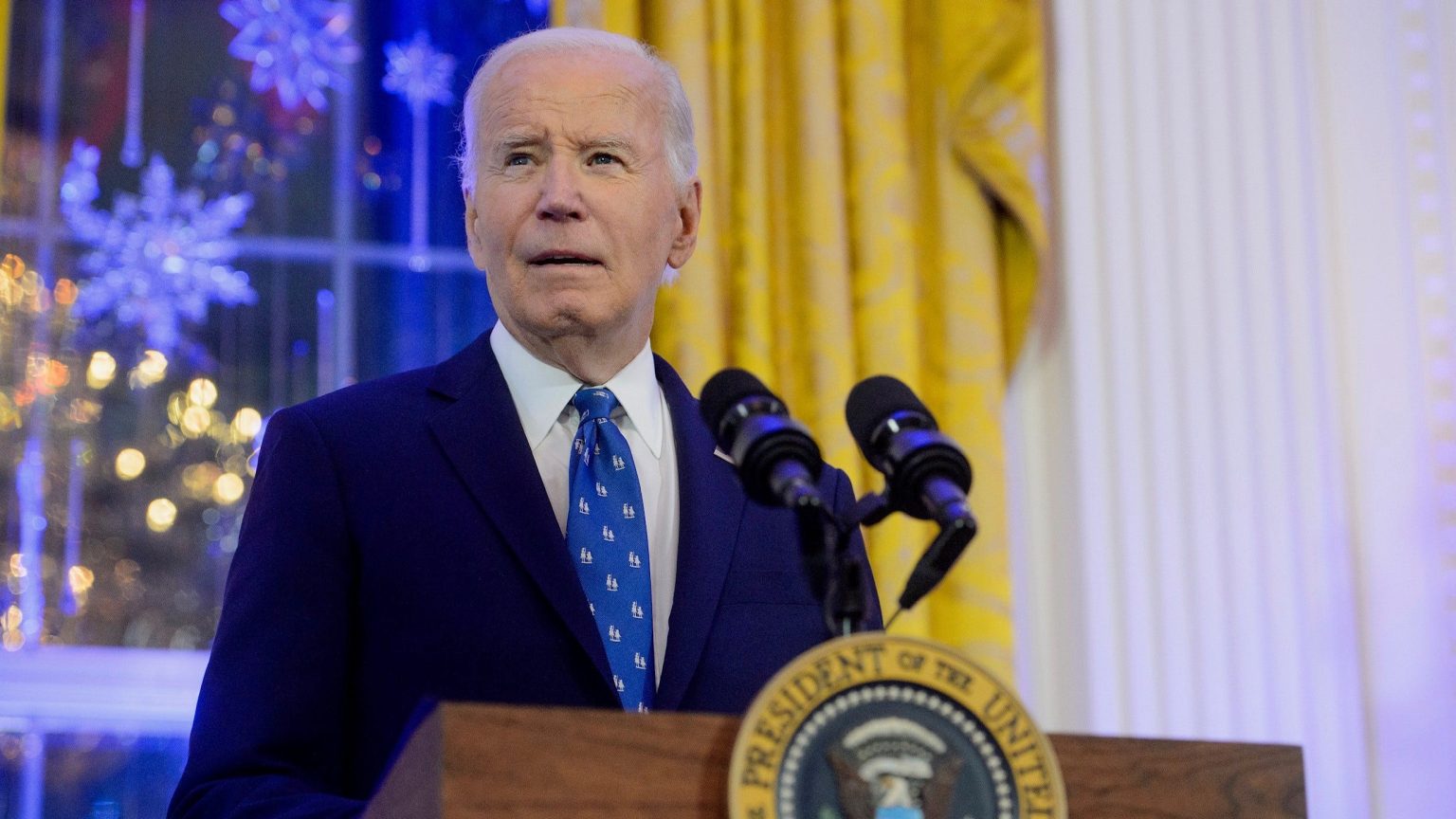The commutation of 37 federal death sentences by President Biden ignited a firestorm of criticism from President-elect Trump’s camp, with Trump’s communications director, Steven Cheung, labeling the decision “a slap in the face to the victims, their families, and their loved ones.” This move underscores the stark contrast between the two administrations’ approaches to criminal justice, with Trump advocating for stricter penalties, including the death penalty for drug dealers, and Biden favoring a more restrained approach to capital punishment. Cheung emphasized Trump’s “rule of law” stance, suggesting its return upon Trump’s re-entry into the White House. This narrative of a return to “law and order” served as a central theme within President Trump’s political messaging in both his initial and subsequent presidential campaigns.
The White House justified Biden’s decision by stating his belief that the federal death penalty should be reserved for acts of terrorism and hate-motivated killings. The commutations, changing sentences to life without parole, affected inmates convicted of a range of crimes, including those involving victims who were law enforcement officers, children, and fellow inmates. The Biden administration also highlighted the moratorium on federal executions implemented at the start of his term, framing the commutations as a preventative measure against the resumption of executions under a new administration whose policies might differ. The White House further claimed that the commuted death sentences could not have been handed down based on current policies.
Republican lawmakers echoed Trump’s criticism, with Senator Eric Schmitt of Missouri condemning Biden’s action as a betrayal of justice for the victims and their families. This chorus of disapproval from the Republican party underscores the politically charged nature of the death penalty debate and the tendency for this issue to be used as partisan politics. This highly visible policy difference serves to galvanize their respective political bases while potentially alienating moderates or voters leaning toward different criminal justice philosophies.
While commuting the sentences of 37 inmates, Biden opted not to commute the sentences of three high-profile individuals: Robert Bowers, convicted of the Tree of Life Synagogue massacre; Dylann Roof, responsible for the Charleston church shooting; and Dzhokhar Tsarnaev, involved in the Boston Marathon bombing. This distinction likely aimed to acknowledge the particularly heinous nature of these crimes and address potential public concerns about extending clemency to individuals convicted of such acts of terrorism and hate-motivated violence. By retaining the death sentences for these individuals, particularly when considering the more narrow range of crimes they deem eligible for the death penalty, the current President attempts seemingly to signal that the death penalty remains a possible sentence for such offenses deemed as extraordinarily reprehensible under the law.
Biden explicitly stated his intention to prevent a future Trump administration from reversing his policy on executions, reflecting a broader effort to solidify his legacy on criminal justice reform. This move aligns with his previously announced commutations for nearly 1,500 prisoners on home confinement during the COVID-19 pandemic and pardons for 40 others, including his son, Hunter Biden. These actions further highlight the Biden administration’s emphasis on considering the specific circumstances of particular cases and allowing the possibility for redemption or alternative forms of justice.
The contrasting approaches of Biden and Trump to the death penalty encapsulate a broader ideological divide within the American political landscape. While Trump advocates for a “tough on crime” approach, including expanding the use of the death penalty, Biden emphasizes a more nuanced approach, focusing on rehabilitation and limiting the application of capital punishment. This fundamental difference underscores a deeper debate about the roles of retribution, deterrence, and rehabilitation within the criminal justice system. The actions taken by their respective administrations on this very important topic will most certainly continue to be part of their respective legacies in the years following their presidential administrations.

